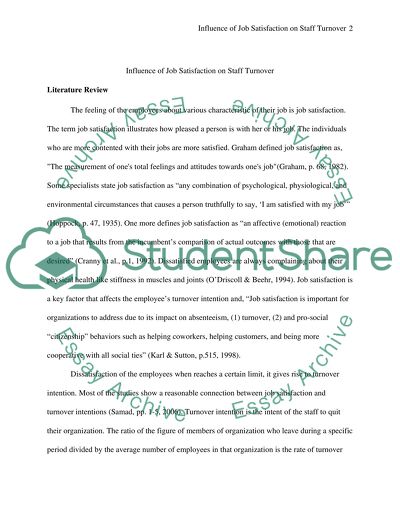Cite this document
(“Influence of Job Satisfaction on Staff Turnover Dissertation”, n.d.)
Retrieved from https://studentshare.org/family-consumer-science/1408933-literature-review-and-project-specification-the
Retrieved from https://studentshare.org/family-consumer-science/1408933-literature-review-and-project-specification-the
(Influence of Job Satisfaction on Staff Turnover Dissertation)
https://studentshare.org/family-consumer-science/1408933-literature-review-and-project-specification-the.
https://studentshare.org/family-consumer-science/1408933-literature-review-and-project-specification-the.
“Influence of Job Satisfaction on Staff Turnover Dissertation”, n.d. https://studentshare.org/family-consumer-science/1408933-literature-review-and-project-specification-the.


